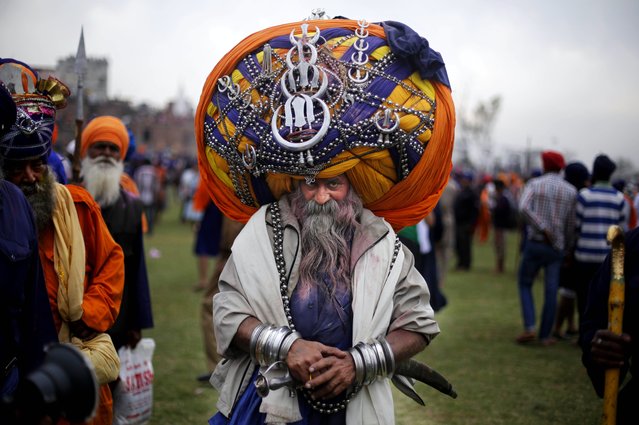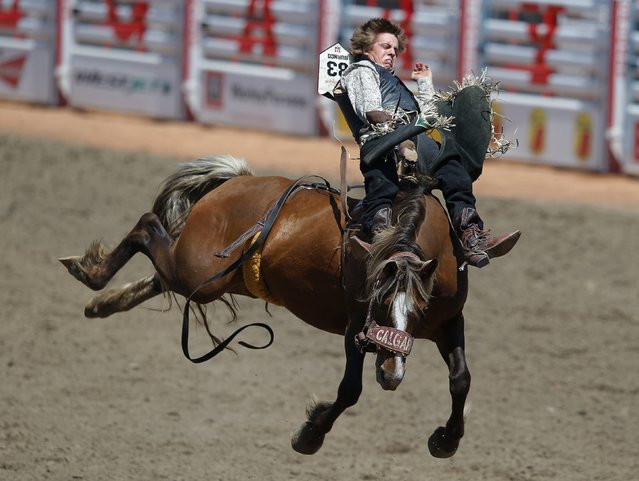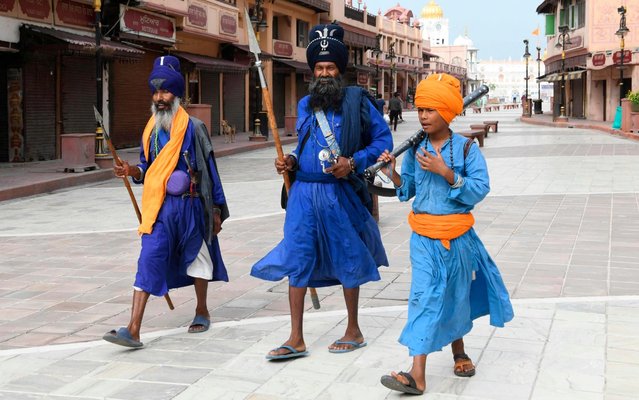
The “Assignments” exhibition is an annual chance to see the top images by UK photojournalists, as chosen by the British Press Photographers’ Association. Here: Wales’s Cory McKenna dominates Micol DiSegni during their fight at Cage Warriors 97 in Cardiff, 29 September 2018. (Photo by Chris Fairweather/Huw Evans Agency)
17 May 2019 00:01:00,post received
0 comments







